Badrinath is a town in the Chamoli district of Uttarakhand, India, known for being a significant pilgrimage site for Hindus. Whether you are a spiritual person, an adrenaline junkie, or just someone who enjoys the peace of the Himalayas, Badrinath has something for everyone.
Seeking a journey that nourishes both your soul and the senses? Then look no further than Badrinath. Perched at an elevation of 3,133 metres above sea level in Chamoli district of Uttarakhand, Badrinath is one of the most revered spiritual destinations in India. The sacred town is among the four Char Dams and is named after the famous Badrinath Temple, the sacred abode of Lord Vishnu. Due to its spiritual significance, the town attracts millions of tourists and pilgrims every year from across India.
Beyond its spiritual allure, Badrinath is equally famous for its diverse natural and cultural attractions. From hot springs, sacred riversides, and ancient temples to Himalayan treks, there are endless places to see in Badrinath.
So, if you are planning a trip to this spiritual haven, here is your guide to the top things to do in Badrinath to make your trip a memorable one:
What are the Best Things to Do in Badrinath?
Whether you are in search of spiritual solace, want to enjoy the marvellous raw beauty of the Himalayas, or indulge in adrenaline-pumping trekking expeditions, Badrinath promises an unforgettable experience.
Here are some of the best things to do in Badrinath:
- Visit Badrinath Temple
- Walk to Mana Village
- Take a dip in Tapt Kund
- Visit the Mata Murti Temple
- Indulge in Trekking Adventure
- Take in the Breathtaking Beauty of Vasudhara Falls
- Explore the Valley of Flowers
Visit Badrinath Temple
Situated in the serene and majestic Nar and Narayan mountains, the Badrinath Temple is a pilgrimage site, dedicated to lord Vishnu. More than just a place of worship, the temple is a symbol of spiritual connection for millions of people, making it one of the best places to visit in Badrinath. As per legends, the temple is built where Lord Vishnu meditated for centuries, and Goddess Lakshmi took the form of a berry tree (Badri) to protect him, hence the name “Badrinath”. The architecture of the temple is equally striking, featuring intricate carvings depicting Hindu deities and mythological scenes.
Timings: 6:30 AM - 2:00 PM, 3:00 PM - 9:00 PM (The temple is closed from November to April each year)
Entry Fees: Take a free darshan token from the office outside the temple for entry.
Walk to Mana Village
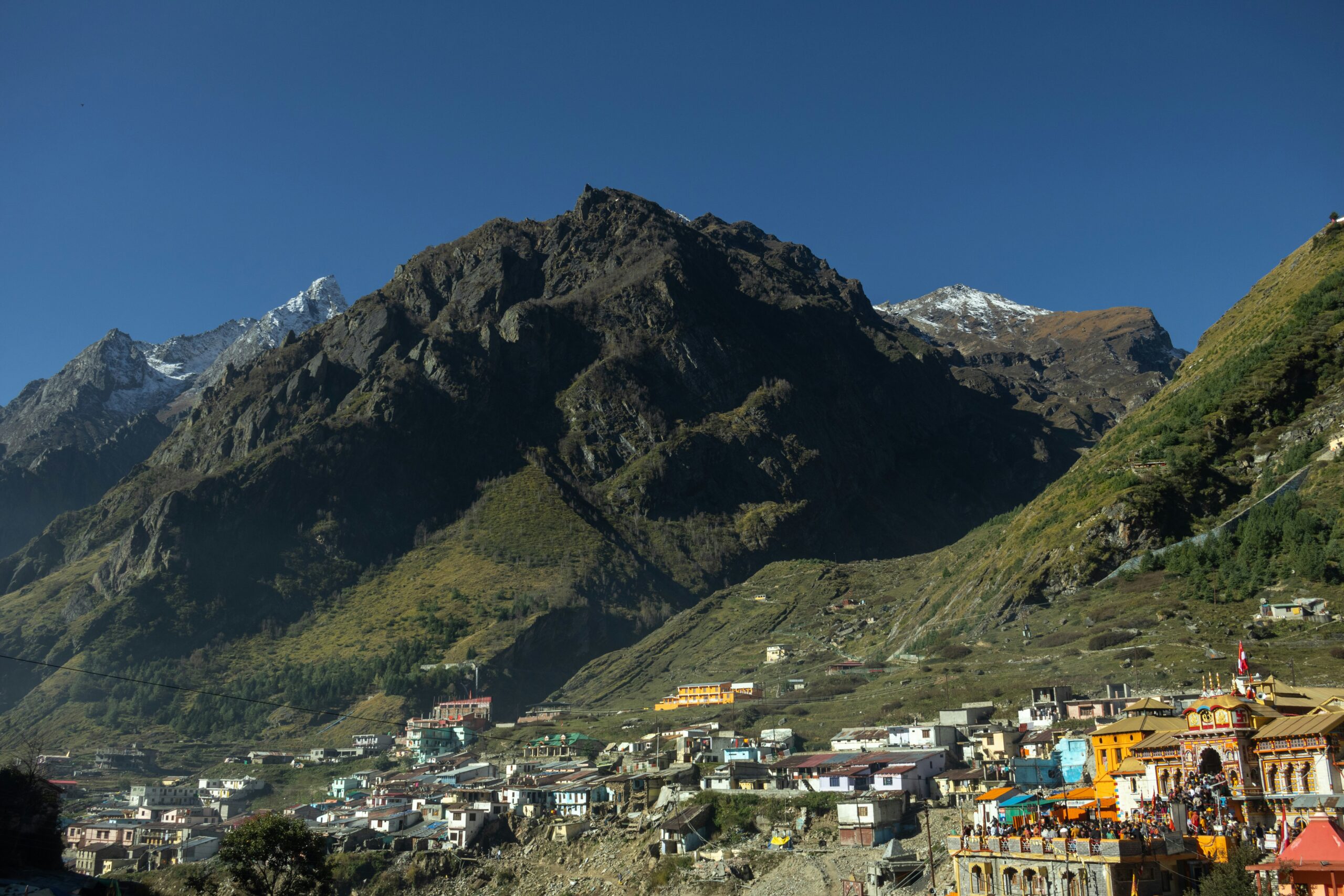
Situated near the India-Tibet border, the Mana village is the first village of India geographically. It lies just a few kilometres from the Badrinath temple and is renowned for its natural beauty and deep-rooted connections with Hindu mythology. Some of the best places to see in Badrinath’s Mana Village that you must include in your Badrinath tour package itinerary are:
- Vyas Gufa: Legend has it that the Vyas Gufa, a cave in the Mana village, is where Sage Vyasa composed the Mahabharata.
- Ganesh Gufa: This is the cave where Lord Ganesha wrote the epic Mahabharata while Sage Vyas dictated it.
- Bheem Pul: The Bheem Pul is a natural rock bridge, believed to have been built by Bheem, one of the Pandavas. As per legend, when the Pandavas were on their final journey to heaven, they had to cross the Saraswati River. As Druapti, their wife, could not cross the river, Bheema brought a huge rock and placed it above the river stream to serve as a bridge.
- Charanpaduka: The Charanpaduka is a sacred rock, known to have the imprints of Lord Vishnu's feet.
Take a dip in Tapt Kund
The Tapt Kund is a natural hot spring near the Badrinath temple, with water temperature rising to 45 degrees Celsius. Located by the Alaknanda riverbank, the kund is believed to purify devotees by relieving them of their sins when they take a dip in its warm waters. It is also known to contain medicinal properties, healing many skin conditions. Due to these spiritual and therapeutic reasons, taking a dip in Tapt Khund is among the best things to do in Badrinath.
Timing: While there are no official timings for visiting Tapt Kund, people usually prefer visiting during daylight.
Entry Fees: No entry fee
Visit the Mata Murti Temple
The Mata Murti temple is a Hindu pilgrimage site, dedicated to Mata Murti, the mother of the twin brothers Nar and Narayan (incarnations of Lord Vishnu). It is believed that Mata Murti prayed to Lord Vishnu for him to be born from her womb in his next incarnation. Pleased with her utmost devotion, Lord Vishnu took birth in the form of twins, Nar and Narayan. The temple is hence believed to grant wishes and free devotees from the suffering of the materialistic world.
Timings: Open daily from 6:00 AM to 6:00 PM.
Entry Fee: No entry Fee
Indulge in Trekking Adventures
If you are an adventurous soul who wants to explore Badrinath beyond the temple steps, then trekking is the perfect activity for you. From challenging trails of Satopanth to scenic routes of Charanpaduks, there is a range of trekking trails in Badrinath to suit every experience level. Each trek promises to show you the best of Badrinath sightseeing, filled with snow-capped peaks, alpine meadows, and pristine lakes.
Some of the best trekking trails of Badrinath are:
- Charan Paduka Trek: Difficulty level - Easy
- Mata Murti Temple Walk: Difficulty level - Easy
- Satopanth Tal Trek: Difficulty level - Challenging
- Mana Village Trails: Difficulty level - Easy
Brahma Kapal
Brahama Kapal is another spiritual place in Badrinath, situated just 100 meters away from the Badrinath temple. It is believed that Lord Brahma himself exists in the place, and if someone performs a ritual for the deceased in their family, they will get salvation from the cycle of life and death.
Timings: Open 24 hours (The ritual ceremony starts at 7 AM and continues until evening)
Entry Fee: Free Entry
Take in the Breathtaking Beauty of Vasudhara Falls

Vasudhara Falls is one of the most captivating places to visit near Badrinath. Descending from over 400 feet, the waterfall is renowned for its breathtaking views and spiritual significance. As per the mythological beliefs, the water of the Vasudhara falls never touches any sinner. To reach the falls, you will have to trek for 6 km. The trek can become a little difficult after passing Saraswati Mandir in the Mana Village, but the views of the fall definitely make all of it worth it.
Timings: 24:00 Hours
Entry Fee: No fee
Explore the Valley of Flowers
Another gem of a place to visit near Badrinath, the Valley of Flowers is a UNESCO World Heritage Site. The valley is spread over an area of 87 sq km in the Chamoli district, and is known for its meadows of endemic alpine flowers and the variety of flora. You can find over 600 species of exotic flowers like orchids and poppies, and rare wildlife species like the grey langur, the flying squirrel, the Himalayan weasel, and the black bear. The trek to the Valley of Flowers is an experience in itself, featuring eye-catching spectacles like cascading waterfalls and wild streams.
Timings: 7:00 AM to 5:00 PM (You must start your return trek by 1:30 PM to ensure you exit the park by 5:00 PM.)
Entry Fee:
- For Indian Nationals:
- ₹150 for a 3-day pass
- ₹50 for each additional day
- Foreign Nationals:
- ₹600 for a 3-day pass
- ₹250 for each additional day
What is the Best Time to Visit Badrinath?
The best time to visit Badrinath is when the Badrinath temple is open. The temple opens every year around April–May (Akshaya Tritiya) and closes by October–November (around Bhai Dooj), offering a 6-7 months of window for devotees.
Here are the different seasons to visit Badrinath:
- May – June (Peak Spiritual Season): Offering pleasant weather, these months are a popular time to visit Badrinath. However, expect large crowds, especially during key festivals and weekends.
- September – October (Post-Monsoon Calm): If you prefer fewer crowds and quieter visits, then post-monsoon is the best season to visit Badrinath. With pleasant weather and clearer skies, this is the best time to explore all the sightseeing places.
- July – August (Monsoon Caution): Badrinath is often affected by heavy rainfall during the monsoon, which can result in landslides and frequent roadblocks, especially on mountain routes. This is why most tourists avoid travelling to Badrinath in the monsoon season.
As we conclude our exploration of the best things to do in Badrinath, it is clear that this sacred town has so much to offer. From seeking blessings at the ancient Badrinath temple, exploring the first village of India, to indulging in trekking adventures and visiting nearby destinations like the Vasudhara Falls, every place in Badrinath beckons you to embark on a journey of discovery and self-reflection.
To make your trip to Badrinath even more memorable, consider exploring the Badrinath pilgrimage packages offered by Veena World. From travel and accommodation to day-to-day itineraries, we take care of everything so that you can focus on enjoying the peace, spirituality, and cultural charm of Badrinath.
FAQs
Q1. Why is the conch (śaṅkha) not blown in the Badrinath Temple?
Local tradition explains that the vibration of the conch could disturb the temple’s unique spiritual energy, which is believed to be in a deep state of tapasya (meditative heat). Some legends even say that the sound of the conch once awakened powerful energies in the region, so the custom was banned to maintain harmony.
Q2. Can visitors really take a therapeutic dip in the Tapt Kund near the temple?
Yes, visitors often bathe in the steaming waters of Tapt Kund, a natural hot spring just below the temple. Despite the icy temperatures of the surrounding Himalayas, the water remains at about 45 °C all year round, making it an astonishing phenomenon linked to the deity Agni (the god of fire)!
Pilgrims believe that bathing here purifies the body and prepares one for divine darshan. However, most guides miss an important point - staying too long in the spring or jumping from hot water into cold air can cause light-headedness. The key is to enjoy a brief, respectful dip.
Q3. What makes the Brahma Kapal ghat spiritually special?
The site of Brahma Kapal ghat is where pilgrims perform rituals for their ancestors, known as shraddh or pind-dān. Many travellers overlook it, focusing solely on the temple, but locals consider it one of the most potent spiritual points in the region. It’s said that performing rites here liberates ancestral souls because Lord Brahma himself blessed this spot.
Q4. What’s the story behind Mana, the “last Indian village”?
A few kilometres ahead of Badrinath lies Mana Village, often called the “last Indian village” before the Tibetan border. It’s not just a geographical curiosity but a living museum of mythology and mountain culture. According to local lore, the Pandavas passed through Mana on their way to heaven, and Bhima built the stone bridge known as Bhim Pul across the Saraswati River. The river itself, almost invisible elsewhere, flows visibly here. Visitors can stroll through cobblestone paths, sip on locally brewed herbal tea, and chat with the warm villagers who still weave and live in traditional Himalayan houses.
Q5. Are there hidden treks or lesser-known spots around Badrinath worth visiting?
Most visitors head straight to the temple, but a few short treks open up entirely different sides of the region. The Vasudhara Falls, reachable by a scenic trek from Mana, is a majestic sight to behold. Another spot, Charan Paduka, features a rock marked with what devotees believe are the footprints of Lord Vishnu himself. A quieter but equally fascinating site is Sheshnetra, a large boulder bearing a natural eye-shaped mark, associated with Shesh Nag, the cosmic serpent.












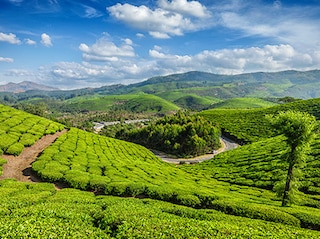
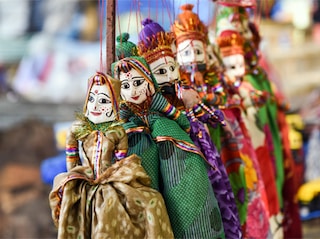
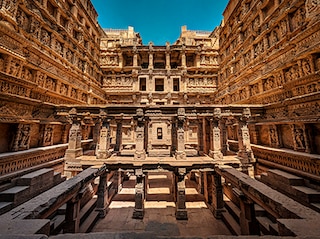
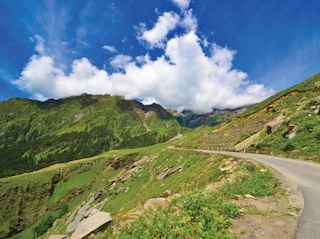




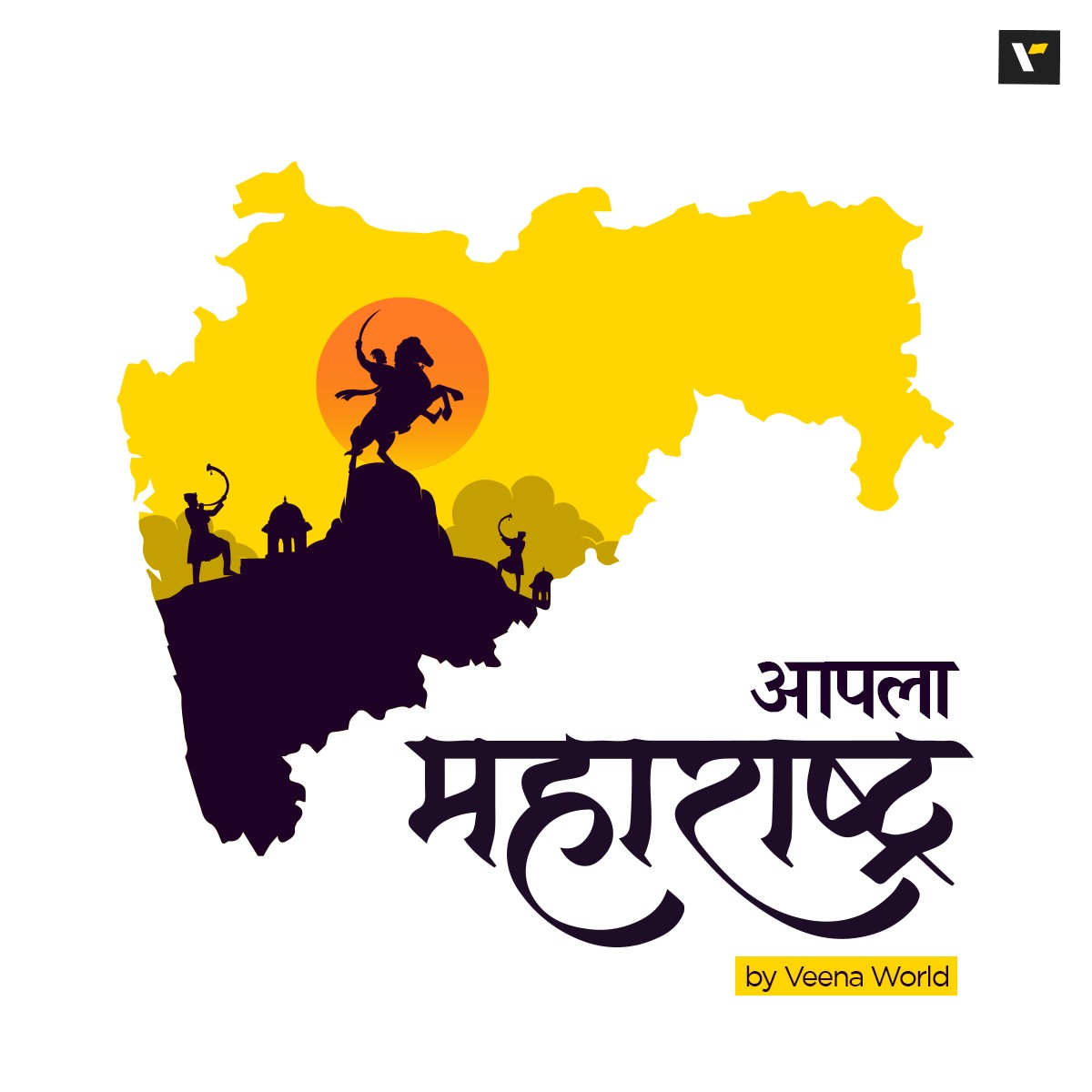








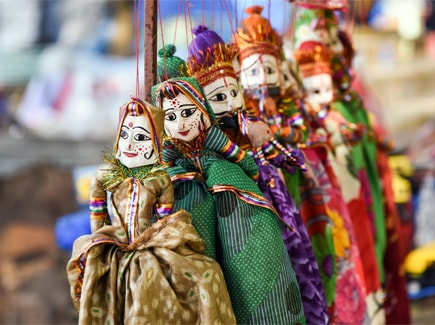
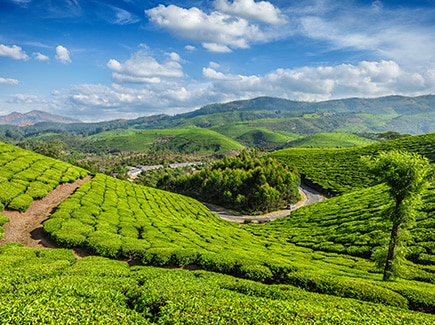

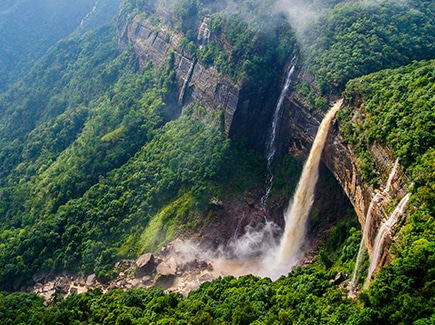
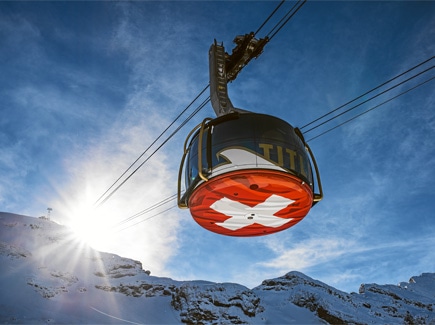
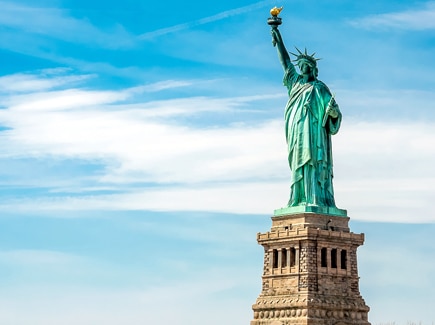
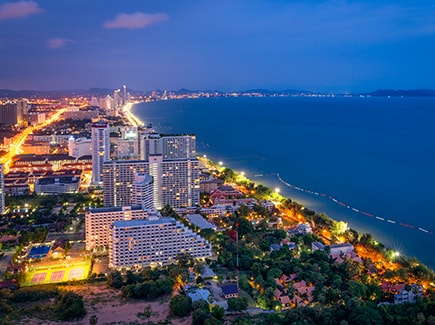
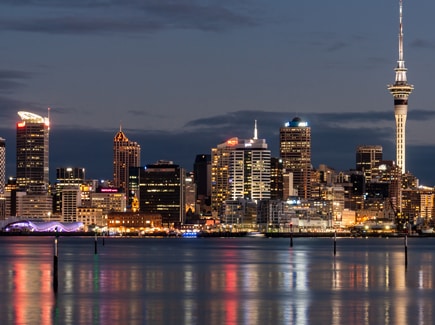






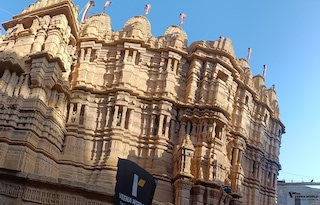

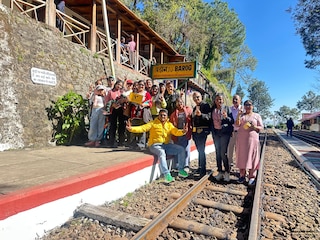






Post your Comment
Please let us know your thoughts on this story by leaving a comment.